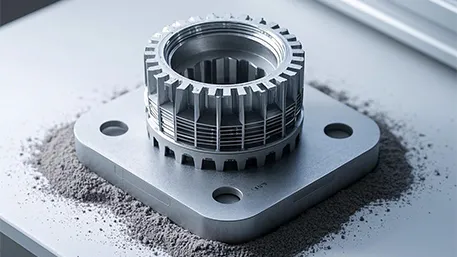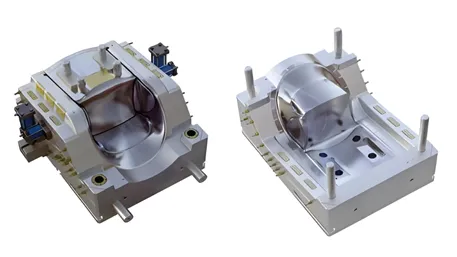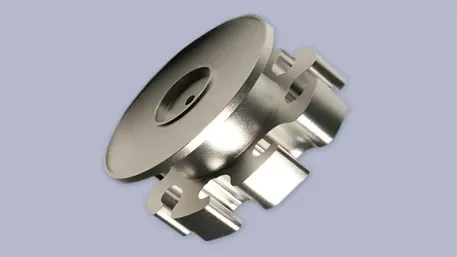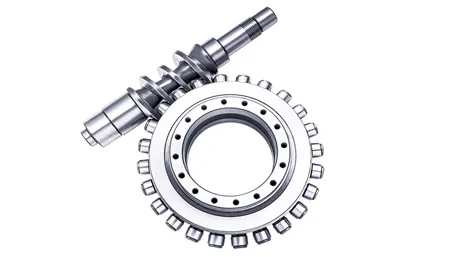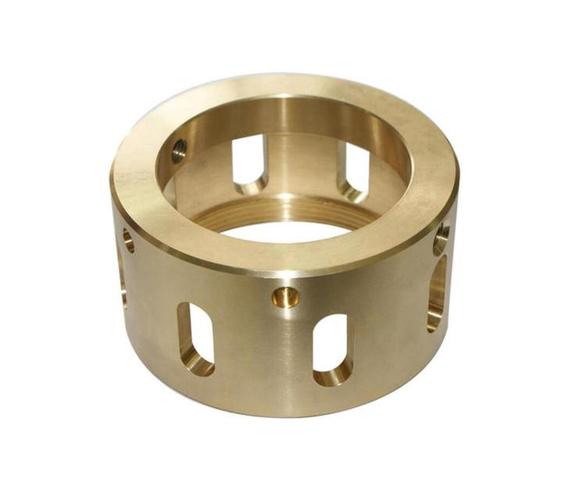Traditional standardized taillight components have limitations in light effect design, function integration, and styling adaptation. Customized automotive taillight components, through data – driven precise design, advanced optical technology, and intelligent control solutions, achieve a leap from “basic lighting” to “customization that combines safety and aesthetics”.
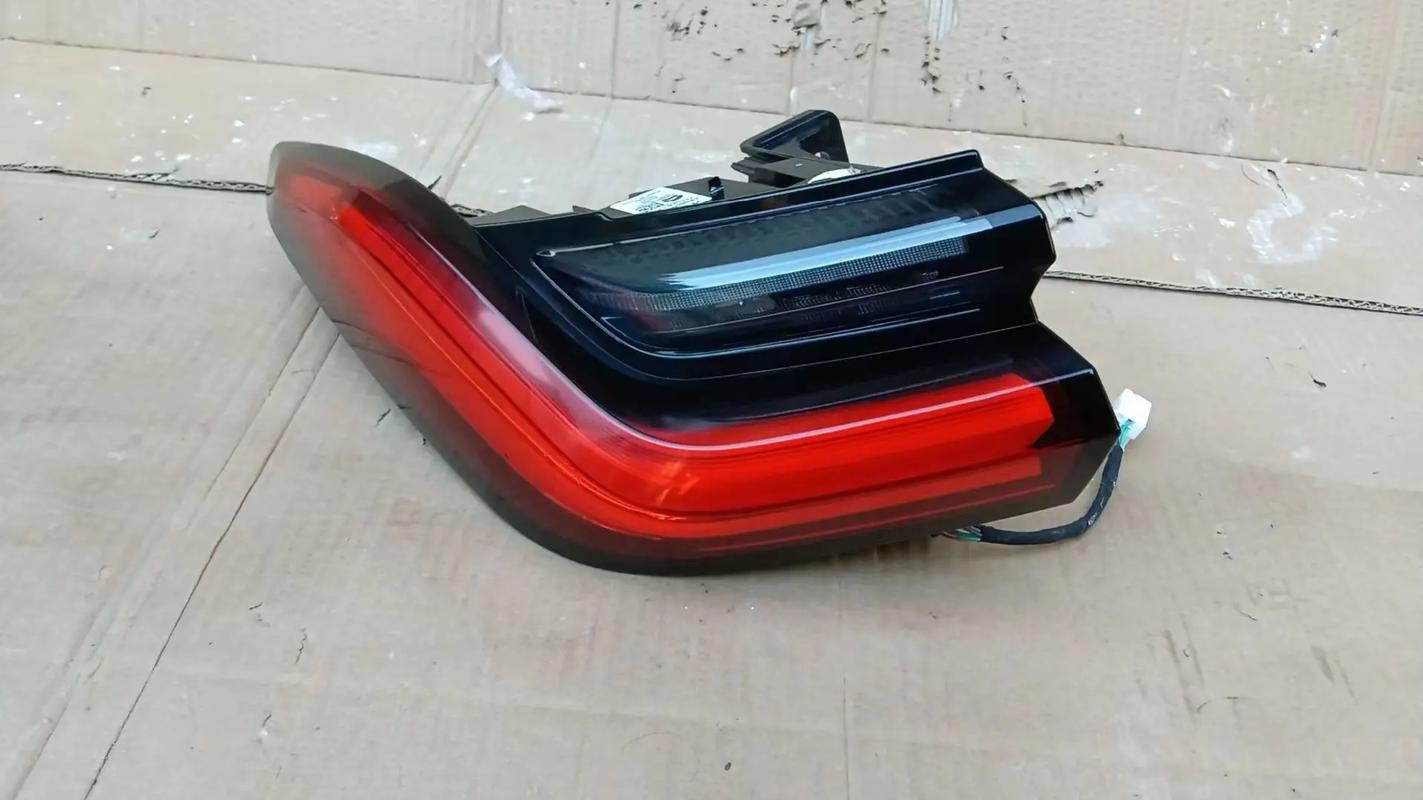
I. Why are Standardized Taillight Components Difficult to Meet High – end Requirements?
Q&A: What are the Core Advantages of Customized Automotive Taillight Components?
Standardized taillight components use universal molds and mass – production designs, with three core pain points:
Q&A: What are the Core Advantages of Customized Automotive Taillight Components?
Standardized taillight components use universal molds and mass – production designs, with three core pain points:
- Single light effect design: The fixed light source layout and optical structure result in uneven light intensity distribution. The effective warning distance is only 100 – 150 meters, and the color consistency of the light is poor (color temperature fluctuation ±500K), making it difficult to meet the warning needs in complex road conditions.
- Insufficient functional expandability: They only have basic functions such as braking, turning, and width indication. They lack personalized light effects like dynamic flowing water and breathing lights, and cannot integrate intelligent functions such as fault monitoring and adaptive dimming.
- Limited styling adaptation: The appearance is stereotyped, making it difficult to match the unique body lines of personalized modified vehicles. The assembly gap between the lamp cover and the body is relatively large (tolerance ±1.5mm), affecting the overall aesthetics and sealing of the vehicle.
However, customized automotive taillight components focus on “dual customization of safety and aesthetics”:
- Full – scenario light effect optimization:
- Warning in complex road conditions: By optimizing the lens angle and light source power through optical simulation, the effective warning distance is increased to more than 200 meters. In rainy and foggy weather, yellow light with a wavelength of 590 – 600nm is used to enhance penetration, and the light intensity is increased by 40%.
- Personalized light effects: According to the owner’s preferences, customized dynamic flowing – water turning (flow rate 0.5 – 2 seconds/grid), breathing welcome (frequency 0.5 – 2Hz) and other light effects can be achieved. Precise color adjustment of 16 million colors can be realized through a control chip.
- Data – driven precise design: Combining the vehicle body’s three – dimensional data and aerodynamic simulation, a taillight shape that fits the vehicle body’s surface is designed. The assembly gap is controlled within ±0.3mm, and the drag coefficient is reduced by 0.005 – 0.01.
II. How do the Core Processes of Customized Taillight Components Achieve Performance Breakthroughs?
- Digital design and optical simulation optimization
- Optical modeling and simulation: Using software such as LightTools and TracePro to simulate the light propagation path of LED light sources (luminous flux 100 – 150lm), optimize the lens curvature (radius error ±0.05mm) and mirror angle (accuracy ±0.1°), so that the light – effect utilization rate is increased to more than 85%.
- 3D styling design: Through vehicle body scanning data (accuracy ±0.1mm), a streamlined taillight shape is designed in CAD. The surface curvature is optimized with CFD simulation to reduce turbulence generation and reduce wind noise by 2 – 3dB.
- Rapid prototype verification: Using 3D printing (DLP process, layer thickness 0.025mm) to make taillight samples for light – effect and assembly tests, the design iteration cycle is shortened from 20 days to 7 days.
- Advanced manufacturing processes: The ultimate pursuit from materials to finished products
- Precision optical component processing:
- Aspheric lens injection molding: Using a high – precision injection molding machine (pressure control accuracy ±1%) and a mold temperature machine (temperature control accuracy ±1℃) to form an aspheric lens (surface shape error PV<λ/4), ensuring the accuracy of light focusing.
- Micro – structure mirror processing: Through micro – nano processing technology (accuracy ±0.1μm), a Fresnel structure is made on the surface of the mirror to increase the light reflection efficiency by 15 – 20%.
- Lamp cover and housing manufacturing:
- Two – color injection molding process: A transparent and frosted two – color lamp cover (thickness tolerance ±0.1mm) is formed in one step. The surface hardness reaches 2H, and the scratch – resistance performance is increased by 50%.
- Aluminum alloy/carbon fiber housing: The aluminum alloy housing is processed by CNC milling (accuracy ±0.03mm), or the carbon – fiber prepreg is hot – pressed (pressure 8 – 10MPa) to form. The weight is reduced by 30 – 40%, and the heat – dissipation performance is improved (thermal conductivity is increased by 2 – 3 times).
- Intelligent control module integration:
- PCB board customization: Design a multi – layer flexible PCB board (line width/spacing 0.1mm), integrate an LED driver chip (efficiency≥90%), a micro – controller, and a CAN communication module to achieve precise light – effect control and fault diagnosis.
- Waterproof and sealing technology: Using two – component potting adhesive (IP67 protection level) and laser – welding sealing process to ensure no leakage when immersed in 1 – meter – deep water for 30 minutes.
- Precision optical component processing:
- Intelligent production and data closed – loop
- Production execution control: Real – time collection of more than 30 parameters such as injection pressure, temperature, and LED placement position. AI algorithms automatically compensate for process deviations, and the yield rate is increased from 82% to 97%.
- Detection and calibration: Using an integrating sphere (measurement accuracy ±2%) to detect luminous flux, color temperature, and color rendering index. Machine vision is used to detect LED arrangement (accuracy ±0.05mm) and solder joint quality. The data is uploaded to the MES system to form a digital twin file.
III. Functional Innovation: How do Customized Taillight Components Reshape Vehicle Recognition?
- Intelligent light – effect control system
- Adaptive dimming: An ambient light sensor (response time<100ms) is built – in. According to the external light intensity, the taillight brightness is automatically adjusted (range 5 – 1000cd/m²), avoiding glare at night and ensuring clear visibility during the day.
- Dynamic warning mode: When the vehicle brakes suddenly, the taillight automatically switches to a high – frequency flashing (frequency 5Hz) mode, increasing the warning distance by 30%. When reversing, the auxiliary lighting function is activated, projecting a wide – angle beam (angle 120°) to illuminate the rear area.
- Personalized interaction design
- Programmable light effects: Customize taillight light – effect animations (such as running lights, wavy shapes), color – gradient modes through a mobile APP. OTA online upgrades are supported, allowing users to change light – effect themes at any time.
- Vehicle identity identification: The owner’s exclusive pattern or LOGO can be embedded in the taillight. Through laser engraving (accuracy ±0.01mm) and light – guiding design, a unique visual identity is presented when the light is on.
IV. Quality Control: Stringent Verification throughout the Chain from Materials to Finished Products
- Multi – dimensional performance testing system
- Material – level screening:
- LED chips: Test forward voltage (3.0 – 3.4V), color rendering index (Ra≥80), and lifespan (≥50000 hours) to ensure compliance with the LM – 80 standard.
- Optical materials: Conduct a high – temperature and high – humidity test (85℃/85% RH, 1000 hours) to verify that the transmittance decreases by less than 5% and there is no yellowing.
- Finished – product – level testing:
- Optical performance testing: Detect the light intensity distribution and light – distribution curve in a darkroom to ensure compliance with regulations such as ECE R148.
- Environmental adaptability testing: Conduct high – and low – temperature cycling from – 40℃ to 85℃ (100 times) and salt – spray testing (500 hours) to ensure that the components are not deformed and function normally.
- Electrical safety testing: Conduct a withstand voltage test (1500V AC, 1 minute) and an insulation resistance test (≥10MΩ) to prevent the risk of electric leakage.
- Material – level screening:
- Intelligent defect prevention technology
- First – piece twelve – inspection system: The engineering team verifies 40 indicators such as material batches, optical structures, and circuit connections to intercept potential defects.
- AI visual full – inspection: A linear – array camera completes the surface and internal circuit scanning of the taillight in 0.5 seconds. A deep – learning algorithm identifies defects such as LED virtual soldering and lamp – cover bubbles (diameter>0.5mm), with a missed – detection rate of less than 0.002%.
V. How does Small – batch Customization Balance Efficiency and Cost?
Q&A: Does High – precision Customization Mean High Cost?
Through three process innovations, the customization cycle is shortened by 45% and the cost is reduced by 30%:
Q&A: Does High – precision Customization Mean High Cost?
Through three process innovations, the customization cycle is shortened by 45% and the cost is reduced by 30%:
- Modular design library: Establish more than 15 standardized modules such as lenses, mirrors, and control modules, with a reuse rate of 75%, reducing the development cost by 40%.
- Flexible production line: A robot automatic chip mounter is equipped with a quick – mold – change system (mold – change time<8 minutes) to achieve multi – variety and small – batch (10 – 300 pieces) production, and the equipment utilization rate is increased to 88%.
- Digital twin technology: Create a digital twin model for each customized taillight, monitor parameters such as light decay and temperature in real – time, predict the lifespan (error<7%), optimize the maintenance plan, and reduce the after – sales cost by 22%.
VI. Core Considerations for Choosing Customized Taillight Components
- Data collection and analysis capabilities: The supplier should have professional equipment and software such as optical simulation and 3D scanning to ensure that the customization plan is based on accurate data.
- Process complexity: It should cover all – process capabilities such as optical processing, intelligent control integration, and waterproof sealing to meet complex customization requirements.
- Certification and compliance: Provide international certifications such as ECE and DOT to ensure that the product complies with lighting regulations and safety standards in various countries.
Conclusion
The value of customized automotive taillight components lies in defining “the perfect balance of safety warning and aesthetic expression” with data and achieving “the deep integration of vehicle personality and technological sense” with processes. In the trend of automotive design developing towards intelligence and personalization, customized solutions with “data – driven design + advanced optical technology” are becoming key elements to enhance vehicle recognition and safety. From the eye – catching warning signs on the road to the unique light – shadow art in the garage, customized taillight components will re – define the unique style of every trip with “micrometer – level precision” and “intelligent light effects”.
(Contact us immediately to obtain a customized automotive taillight component solution and a free optical simulation analysis service)
The value of customized automotive taillight components lies in defining “the perfect balance of safety warning and aesthetic expression” with data and achieving “the deep integration of vehicle personality and technological sense” with processes. In the trend of automotive design developing towards intelligence and personalization, customized solutions with “data – driven design + advanced optical technology” are becoming key elements to enhance vehicle recognition and safety. From the eye – catching warning signs on the road to the unique light – shadow art in the garage, customized taillight components will re – define the unique style of every trip with “micrometer – level precision” and “intelligent light effects”.
(Contact us immediately to obtain a customized automotive taillight component solution and a free optical simulation analysis service)

